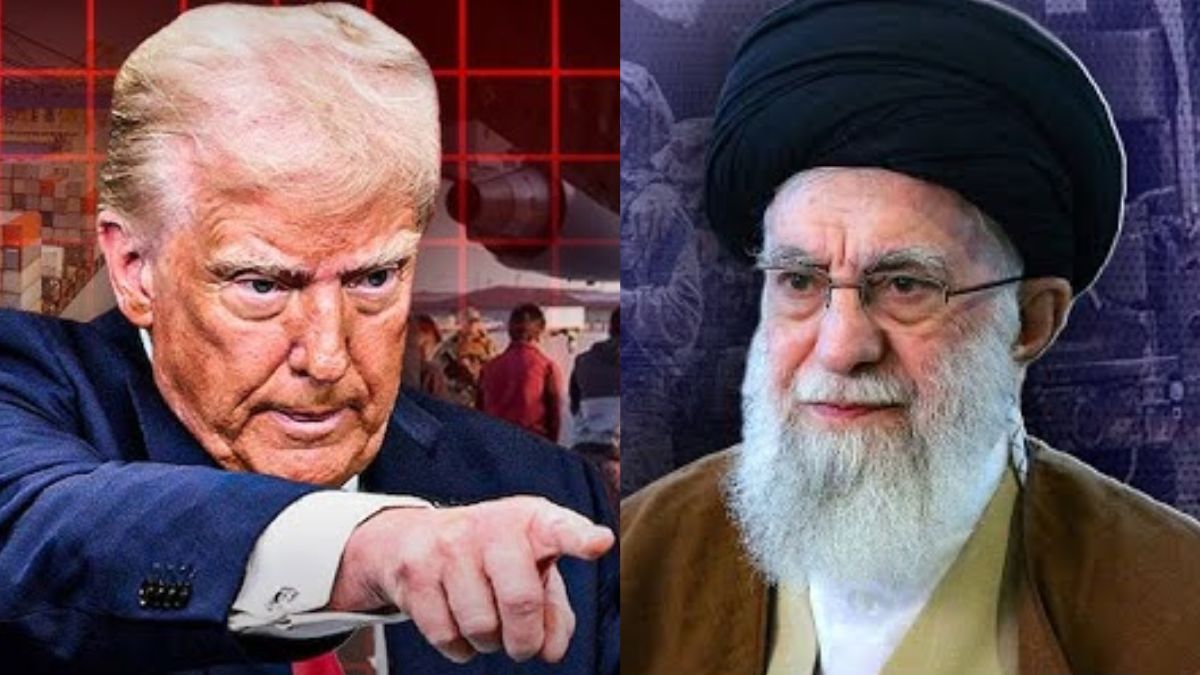Iran has been changing its tune as the country takes measured steps towards building a diplomatic relationship with the US under President Donald Trump. This marks a significant shift from Tehran’s long-standing defiance against America, which stems from a complex history of political and ideological conflicts.
Trump gives update on nuclear deal
Trump said on Thursday that the United States was getting very close to securing a nuclear deal with Iran, and Tehran had “sort of” agreed to the terms.
“We’re in very serious negotiations with Iran for long-term peace,” Trump said on a tour of the Gulf.
“We’re getting close to maybe doing a deal without having to do this… there (are) two steps to doing this, there is a very, very nice step and there is the violent step, but I don’t want to do it the second way,” he said.
This follows the US presenting Iran with a formal nuclear deal proposal during the fourth round of talks in Oman first written offer since negotiations resumed in April.
Iran’s changing stance
Iran’s leadership, under Supreme Leader Ayatollah Ali Khamenei, has made a marked shift from years of defiance to renewed diplomacy, reportedly greenlighting a deal if US terms respect Tehran’s core red lines.
The pivot comes amid mounting economic sanctions, internal pressure, and the threat of military conflict, making sheer resistance untenable for Tehran.
Iran was already grappling with a collapsing economy, a rapidly devaluing currency, and widespread shortages of gas, electricity, and water. Officials warned that the threat of war with the United States and Israel was very real. They warned Khamenei that if Iran rejected negotiations or if the talks broke down, military strikes on its two primary nuclear facilities, Natanz and Fordow, would be unavoidable.
The nuclear talks
The US proposal reportedly outlines limits on Iran’s nuclear programme and monitoring requirements, while Iran seeks the lifting of American sanctions in return for curbs on its nuclear activities.
Iranian officials have yet to publicly confirm receipt of the US proposal, though advisors to Khamenei have signalled willingness to accept significant restrictions, including halting enrichment beyond civilian levels and surrendering highly enriched uranium stockpiles.
Impact Shorts
More ShortsThough Tehran and Washington have both said they prefer diplomacy to resolve the dispute, they remain divided on several red lines that negotiators will have to circumvent to reach a new deal and avert future military action.
What Trump is looking at
Trump has positioned the deal as a diplomatic alternative to military action, stating, “We’re not going to be making any nuclear dust in Iran,” and expressing hope for a breakthrough without resorting to force.
His optimism is viewed as part of a broader and at times contradictory foreign policy approach, aiming to resolve conflicts through diplomacy while preserving leverage with sanctions and the implied threat of military action.
The implications
There are gaps to bridge in the talks between Iran and US, and while they are not yet in their final stages, US Oil prices fell by about $2 on Thursday on expectations of a U.S.-Iran nuclear deal that could result in sanctions easing.
Meanwhile, US allies in the region, including Israel and Saudi Arabia, are closely monitoring developments, while Russia and China have their own strategic interests in the outcome.
What are the issues?
Although there has been progress, major differences persist between the two sides, especially over the scope of sanctions relief and the details of nuclear limitations. Both have expressed a preference for diplomacy, but the opportunity for a deal may be narrowing, with Trump cautioning that “this is not an offer that will last forever.”
“We’re not going to be making any nuclear dust in Iran. I think we’re getting close to maybe doing a deal without having to do this,” Trump said.
With inputs from agencies


)

)
)
)
)
)
)
)
)



